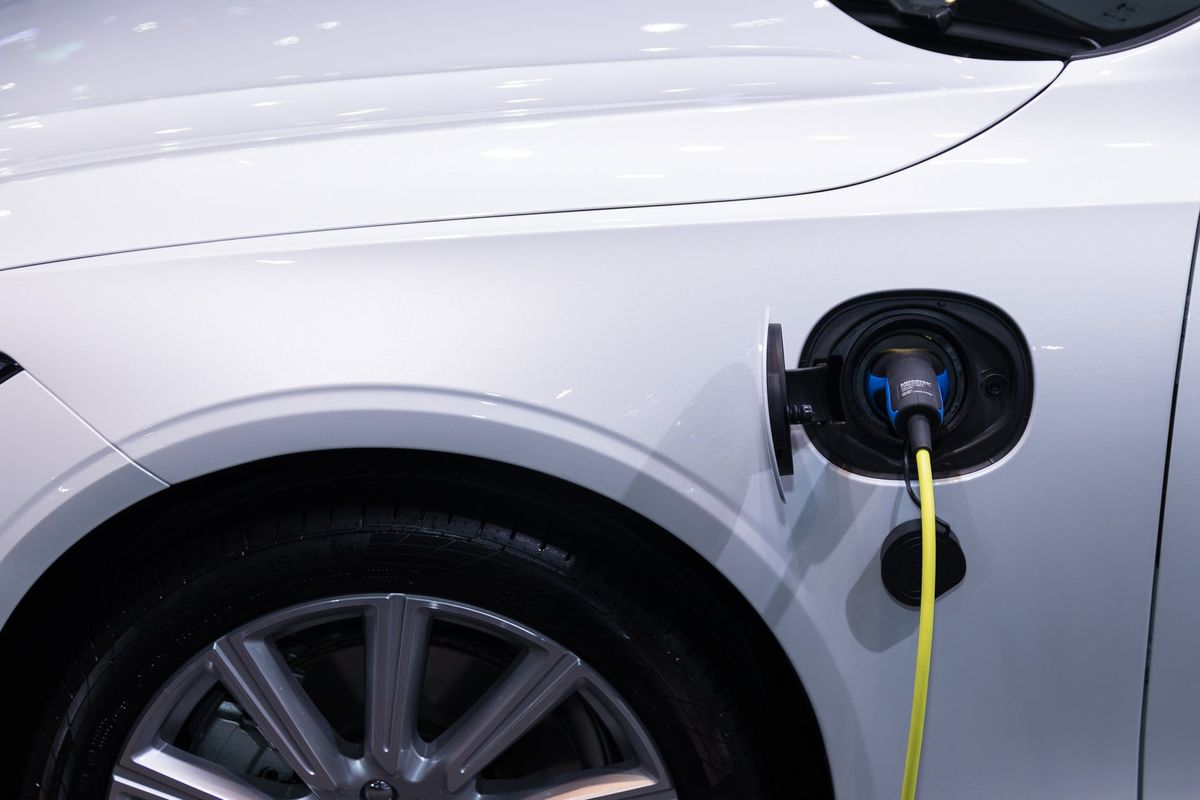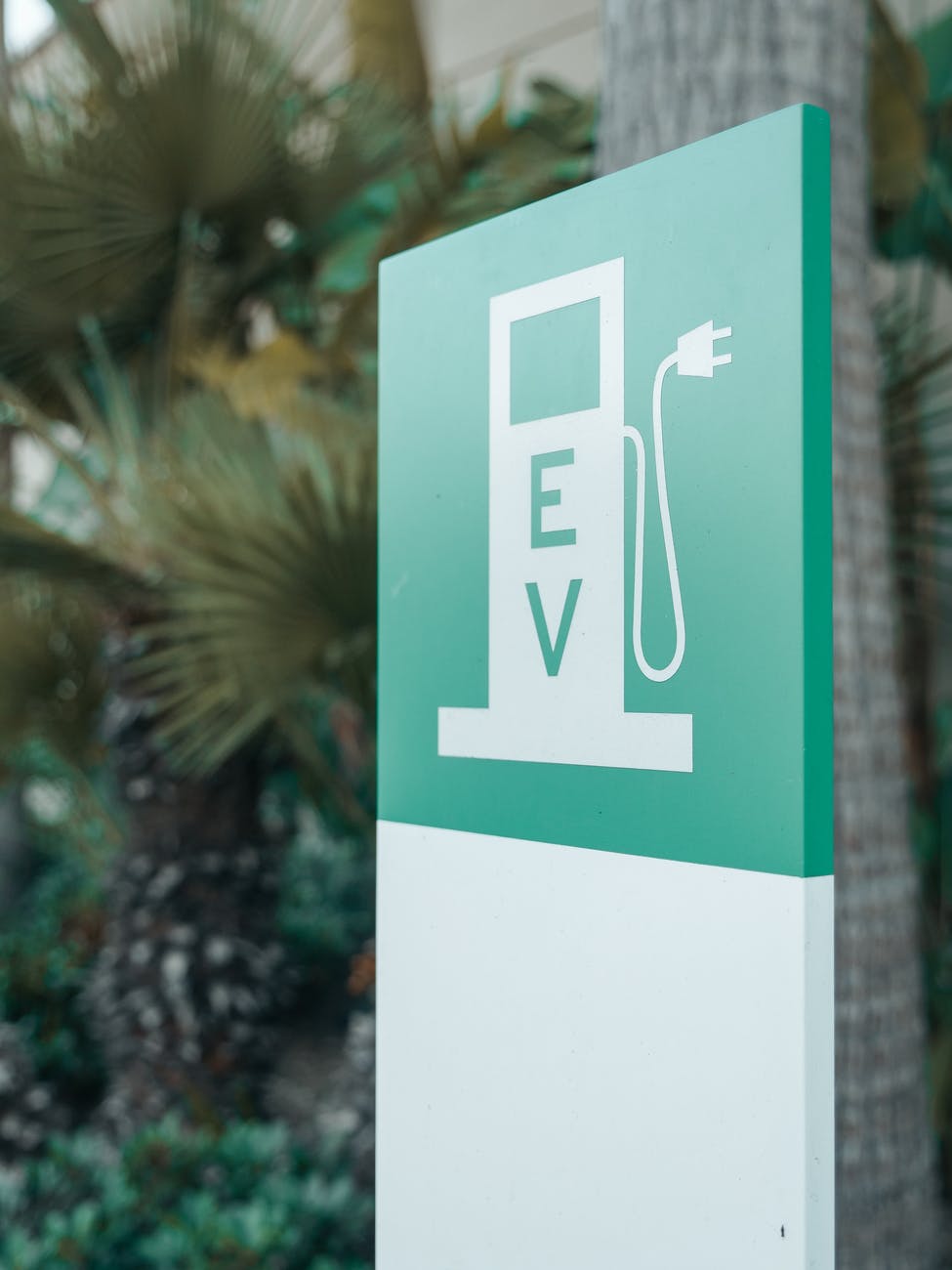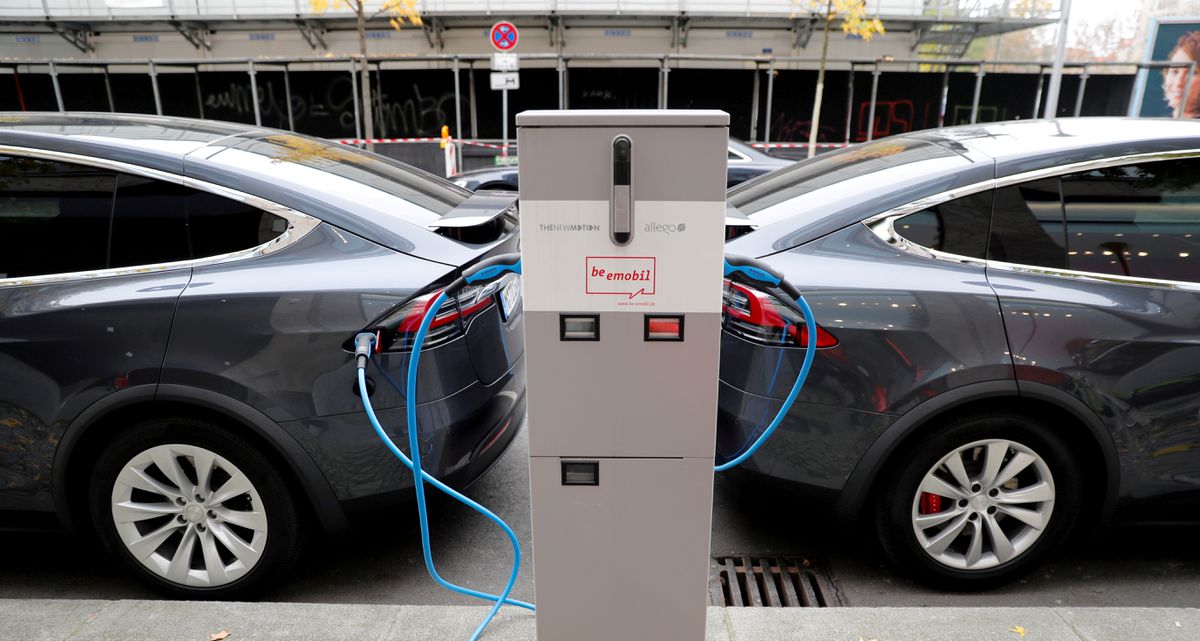How do electric cars help the environment in Hong Kong?

A few minutes every morning is all you need.
Stay up to date on the world's Headlines and Human Stories. It's fun, it's factual, it's fluff-free.
Small-scale electric cars, surprisingly, first popped up back in the 1820s and 1830s in the United States and several European countries. Now, modern electric vehicles are widely available, with cities worldwide like Shanghai, San Francisco and Hong Kong aiming to reduce their vehicle emissions by encouraging drivers to opt for electric vehicles instead.
Today, electric vehicles have become more affordable for the average consumer, and they’re undoubtedly very different from those developed in the 19th century. Now, because of their relatively lower cost, wider availability and stronger environmental awareness among consumers, we’re now seeing more electric vehicles on our streets than ever before.
What is an electric vehicle?

An electric vehicle operates using an electric motor rather than an internal combustion engine. Therefore, they are sometimes referred to as all-electric vehicles and sometimes as battery electric vehicles.
This type of vehicle has a large traction battery pack that provides power for the electric motor. Rather than filling it with gas, it is plugged into a wall outlet or charging equipment. Electric vehicle charging stations are becoming more common in Hong Kong and most major highway routes in the US and Europe.
How can electric vehicles help the environment?
The history of the automobile goes back to 1893 when the first gas-powered car was designed and car manufacturing companies began to mass-produce vehicles. Since that time, design innovations have made cars safer, more economical to drive and more environmentally friendly.
Electric vehicles are a great leap forward in transportation, as they help address the damaging impact gas engines have on the environment. They do not emit exhaust from a tailpipe and don’t include fuel pumps, lines or tanks. This can significantly decrease extraction industries and the use of nonrenewable resources.
How does an electric vehicle work?

Instead of a gas tank, electric vehicles operate using a battery. They also switch out the internal combustion engine for an electric motor. Hybrid electric cars have both the battery and electric motor as well as a gasoline tank and an internal combustion engine. They use electricity and gasoline for fuel.
One advantage of electric vehicles is the ability to charge them through a standard 120-volt outlet or a 240-volt outlet, which allows for quicker charging. The electric vehicle battery powers everything, including the electric motor.
Once the car runs out of charge, it can be plugged in and recharged using grid electricity, just like any other device like a laptop or telephone. Most electric vehicles use lithium-ion batteries. Compared with other batteries, they are lightweight, low maintenance and more efficient. But, unfortunately, they also come with a higher price tag.
The differences in charging significantly affect how long you have to wait to get in your car and drive. The standard 120-volt outlet, Level 1 home charging, means you’ll gain about three to five miles per hour of charging. So you might offset a short commute time with an overnight charge. Level 2 EVSE home charging uses a 240-volt plug, giving you up to 60 miles per hour of charging. The fastest chargers, Level 3 EVSE DC Fast Chargers, can give you 100 miles of distance in about 20 minutes of charging.
Are electric vehicles zero-emission?
Electric vehicles that run on electricity alone usually have zero tailpipe emissions. This means that the vehicle itself does not emit any ozone layer harming emissions. However, this does not mean the power plant that produced the electricity is zero emissions, as it might burn fossil fuels.
The average passenger vehicle powered by a combustion engine emits about 4.6 metric tons of carbon dioxide each year. This figure does not consider the significant environmental pollution that can originate from a fossil fuel power plant.
What are the advantages of an electric vehicle?
Compared with conventional cars and trucks, hybrid and plug-in electric vehicles have much lower emissions. This is especially true if they depend upon electricity made available through solar power capture.
Another big positive of electric vehicles is their improved fuel economy compared with conventional vehicles. Electric vehicle owners do not have to worry about gas mileage or expensive gas prices. Driving an electric vehicle can save you more than US$700 a year in fuel and, in some cities, more than US$1,000 a year.
Most battery-electric cars can drive from 70 to 100 miles when fully charged, and some can drive up to 265 miles on one charge. The newest effort to improve regular consumer use of electric vehicles is in adding more charging stations, both in public places and workplaces.
Electric vehicles in Hong Kong

In Hong Kong, all new cars could be electric by 2030. This expectation is five years ahead of the planned schedule. In the past decade, electric car ownership and use skyrocketed. In 2010, 180 electric cars could be driving on the roads in Hong Kong. Fast-forward to October 2021, and there were almost 25,000 electric vehicles in use.
One major goal to be met by manufacturing only electric vehicles is to adopt only emission-free vehicles. The government also supports policies that include subsidies for charging stations and EV purchases.
Electric vehicles made up 30% of new October 2021 registrations in Hong Kong. The government also expects to try out electric buses and taxis for public transportation and has set aside US$300 million for that effort.
Initially, Hong Kong hoped to reach zero vehicular emissions before 2050, and that remains the stated goal as part of the Hong Kong Roadmap on Popularization of Electric Vehicles. This plan debuted in March 2021 and is also known as the Roadmap.
Additionally, efforts are underway to upgrade standard chargers to medium chargers, reducing charging time by up to 60%. All 18 districts in Hong Kong have EV chargers, with 4,639 available for public use, including 2,408 medium chargers and 779 quick chargers.
Have a tip or story? Get in touch with our reporters at tips@themilsource.com




Comments ()